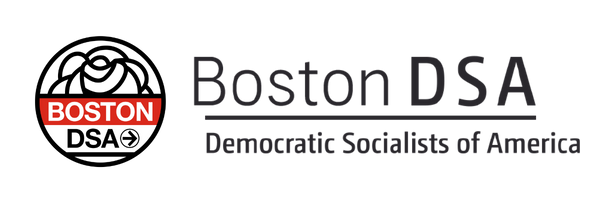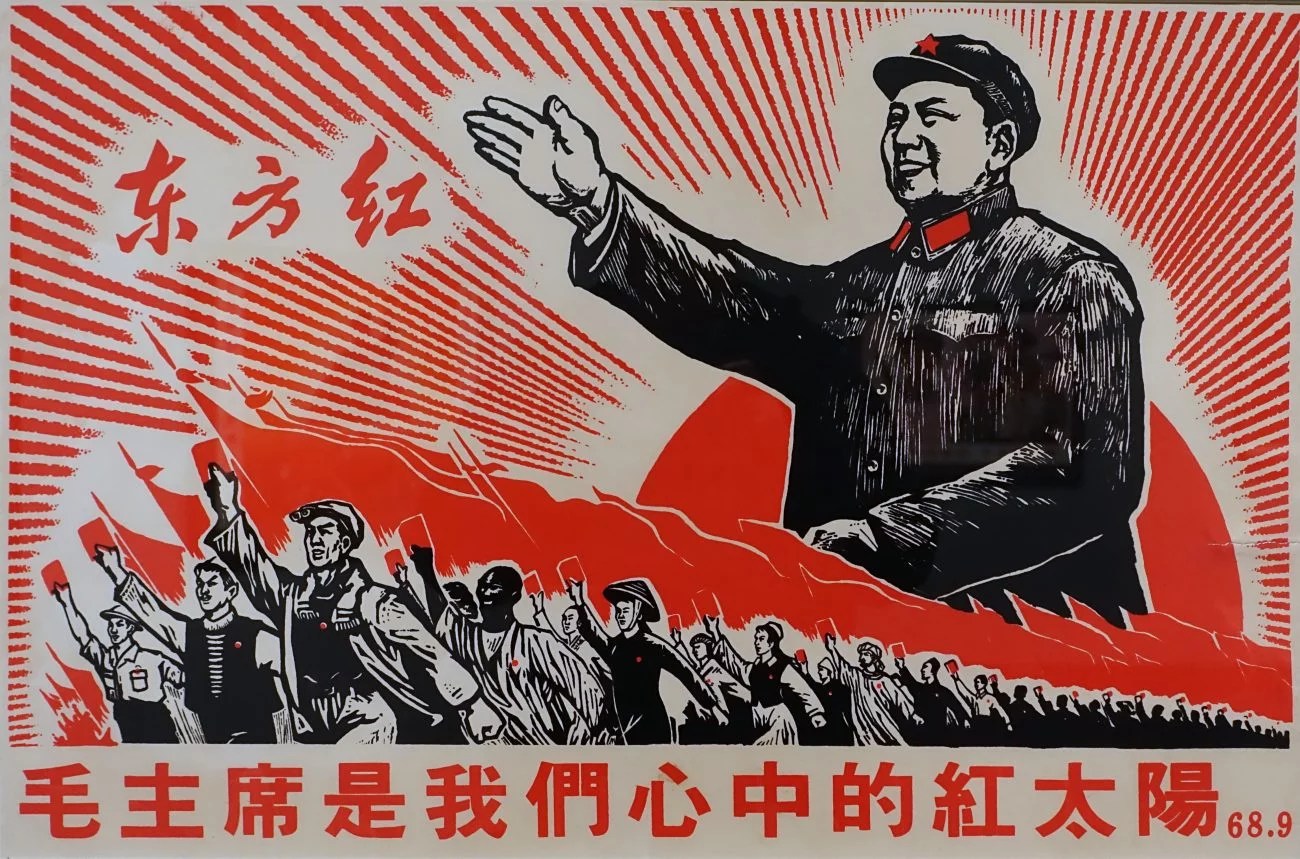Hello Comrades,
The Political Education Working Group (PEWG) is re-committing itself to its mission of continued political education, both for the members of the working group and for the chapter as a whole. We’ve been incorporating reading sessions into our monthly meetings for a while now and would like to take the opportunity to share with you what we’ve been reading and some of the things it made us grapple with.
This month we looked at Combat Liberalism by Mao. This short pamphlet was published in 1937 during a pause of the Chinese Civil War, which saw the Chinese Community Party (CCP) and the nationalist Kuomintang (KMT) form a brief, united front, aptly named the Second United Front, against the Japanese invasion.
Mao was one of the original delegates of the National Congress of the Chinese Communist Party, held in 1921 by the CCP, which itself quickly evolved from a collection of study circles to a major political force. Aiming to end warlord-ism in China, the CCP had originally worked closely with and within the KMT, even becoming the dominant voice of its leftist flank in the early 1920s. The relationship frayed with the ascendancy of Chiang Kai-shek to leadership of the KMT in 1925. Within 2 years the communists were being driven out of and purged from the Kuomintang, Chiang’s forces were attacking CCP-held cities, and a Red Army had been formed to combat the White. In 1935, Mao became the informal military leader of the CCP. It would not be long into his tenure before the enemy changed. The Second Sino-Japanese War sent the Communists and Nationalists into an uneasy alliance.
Mao had been involved in revolutionary and military operations for over a decade by the time of authoring this work. In it, he lays out eleven manifestations of liberalism. Without getting into a precise definition of liberalism, his descriptions suggest a worldview that is fundamentally counter-revolutionary and dangerous to allow, even if its adherents approve of Marxism. He argues for “a tireless struggle against all incorrect ideas and actions, so as to consolidate the collective life of the Party and strengthen the ties between the Party and the masses”. He writes under threats from home and abroad to warn about division within the CCP as both an ideological conflict and part of a literal bloody one.
Here are some of the questions that arose in our conversation about the work.
What does Mao mean when he talks about liberals? How does that compare to what we mean today when we talk about liberals?Is Mao internally consistent in his descriptions? How does it affect our reading if he assigns contradictory traits to different types of liberals?How does the military setting affect the piece? Should we treat the text as a temporary necessity of military doctrine, or would it apply to an eventual world of peace?How do ‘big tent’ organizations like DSA interact with a highly centralized mindset like the CCP’s? Are the tenants of this work healthy for a modern socialist organization?
Whatever your opinions on Maoism may be, it’s an interesting and quick read. You can find it at the link below. Chime in on the comments if you have thoughts on the piece. You’re always welcome to join the PEWG monthly meetings as well.
Solidarity!

